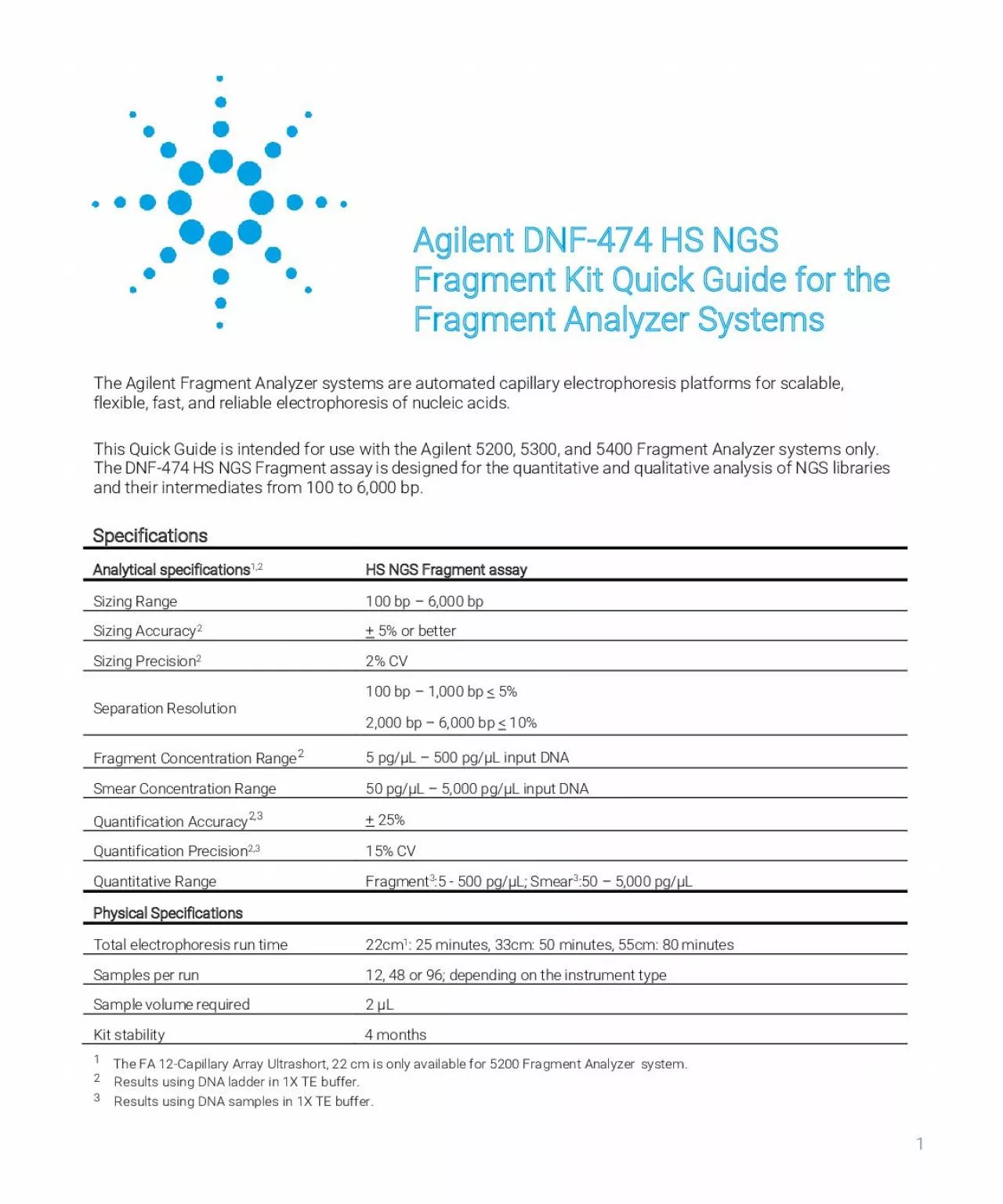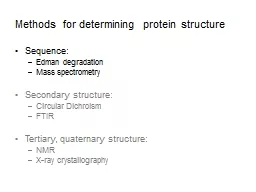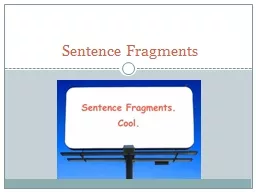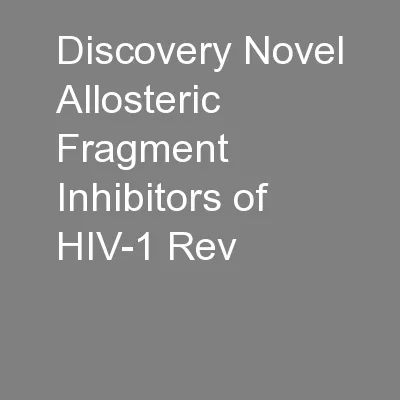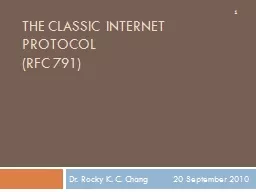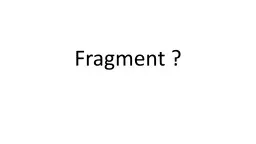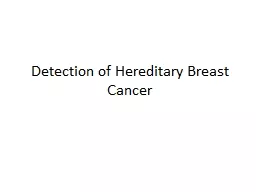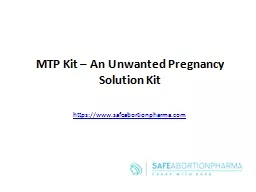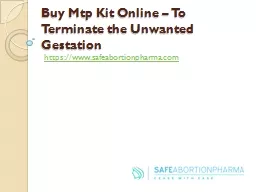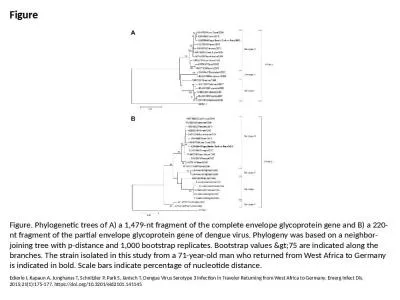PDF-Fragment Kit
Author : brooke | Published Date : 2022-10-27
1 Agilent DNF 474 HS NGS Quick Guide for the Fragment Analyzer Systems The Agilent Fragment Analyzer systems are automated capillary electrophoresis platforms for
Presentation Embed Code
Download Presentation
Download Presentation The PPT/PDF document "Fragment Kit" is the property of its rightful owner. Permission is granted to download and print the materials on this website for personal, non-commercial use only, and to display it on your personal computer provided you do not modify the materials and that you retain all copyright notices contained in the materials. By downloading content from our website, you accept the terms of this agreement.
Fragment Kit: Transcript
Download Rules Of Document
"Fragment Kit"The content belongs to its owner. You may download and print it for personal use, without modification, and keep all copyright notices. By downloading, you agree to these terms.
Related Documents

